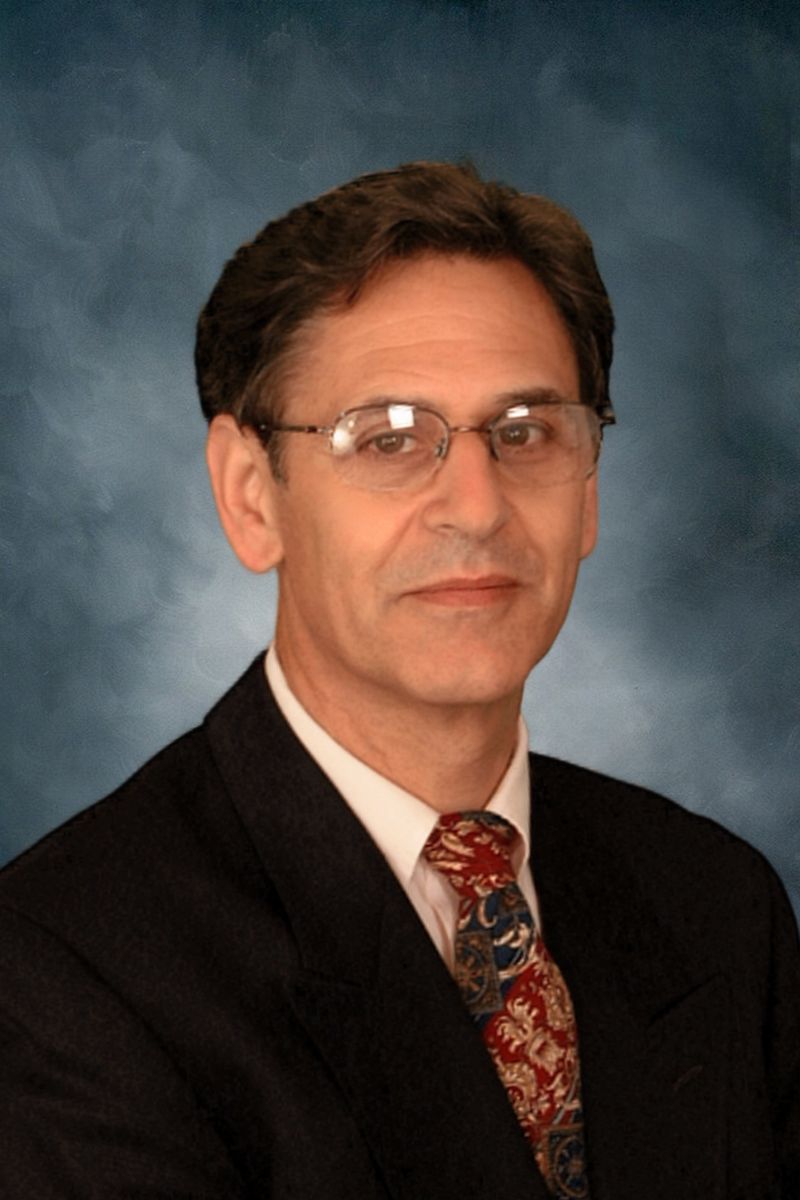Reference
Stratton MS, Algotar AM, Ranger-Moore J, et al. Oral selenium supplementation has no effect on prostate-specific antigen velocity in men undergoing active surveillance for localized prostate cancer. Cancer Prev Res. 2010;3:1035-1043.
Design
Randomized, double-blind intervention trial
Participants
140 men with localized prostate cancer (CA) who had chosen to postpone allopathic treatment and were being followed by “watchful waiting”
Study Medication and Dosage
Selenium (Se) 200 mcg/day or 800 mcg/day as selenized yeast, or placebo, followed for up to 5 years
Primary Outcome Measures
Prostate-specific antigen (PSA) changes over time, as an estimate of CA progression
Key Findings
Increases in PSA scores over time were similar in all groups. For men with the highest Se status at baseline, those assigned to the higher (800 mcg) Se dose showed more rapid increases in PSA scores compared with those assigned to placebo or to lower-dose Se.
Practice Implications
Years ago, a group of researchers led by the late Larry Clark reported in a randomized, blinded trial that Se supplementation essentially cut the risk of prostate CA in half, an effect that was statistically significant.1 Interestingly, these exciting findings were published in JAMA, something that would hardly seem possible today.
The Clark trial was followed by evidence showing that high Se nutriture (as measured by toenail Se) is associated with a 65% reduced risk of developing advanced prostate CA.2 Other reports confirmed that higher Se status is linked with a reduced risk,3,4 though some investigations have not been able to confirm this relationship.5,6
Follow-ups by Clark’s group continued to find protective effects, but only for men with plasma Se levels <106 ng/mL in one report,7 or <132 ng/mL and with baseline PSA scores under 4 in another.8 Other reports have suggested that most protection occurs in smokers.9,10
It should be noted that no clinical evidence has suggested that supplemental Se has a pharmacological effect. Instead, if supplemental Se is indeed protecting against prostate CA, it appears to be doing so simply by overcoming a deficiency.
Recently, evidence has appeared suggesting that genetic variations (involving synthesis of manganese superoxide dismutase) affect the relationship between Se status and prostate CA risk. In some subgroups, higher plasma Se has been associated with a higher risk for aggressive disease, while in other subgroups, higher plasma Se has been associated with a lower risk.11 This area of investigation is new. It may be premature to factor these latest findings into a clinician’s decision-making until the evidence is independently confirmed.
Early in 2009, a major randomized trial found supplemental Se useless in preventing prostate CA,12 but that negative JAMA report used selenomethionine instead of selenized yeast. Selenized yeast is what had previously been used in the successful trial. Preliminary research suggests that selenized yeast may have anticancer advantages other forms of this micronutrient lack.
What are we to make of the findings of the new trial? It came up empty-handed, but its findings tell us nothing about primary prevention. Recall that primary prevention was the focus of the original successful trial. In other words, supplemental Se in the form of selenized yeast might help protect men (albeit, only deficient men) who never had prostate CA from ever getting it. At the same time, it might not help those who have already been diagnosed.
The issue of primary versus secondary prevention aside, in going through the fine print of the new trial we might have predicted failure in advance. The Se status in the subjects of the new report was far better than had been the case in the successful trial conducted by Larry Clark et al.
The difference between the poor Se status in Clark-trial subjects versus better Se status in subjects in the new report was highly statistically significant (P<0.0001).
The difference between the poor Se status in Clark-trial subjects versus better Se status in subjects in the new report was highly statistically significant (P<0.0001). Previous evidence had already revealed that higher Se status was probably a rule-out for any expected benefit. Therefore, showing no benefit in the new report is what we would have anticipated.
Thus, the negative findings of the new report merely underscore the fact that if Se does have a protective effect, it is limited to overcoming deficiency. The authors of the new trial admit, “Combining the results of our study with those of NPC [the Clark trial] leads us to hypothesize that selenium supplementation could have a differential effect on prostate cancer incidence or progression based on plasma selenium concentrations.” They go on to say that “limiting baseline selenium concentrations to determine eligibility may enable future studies to focus only on those subjects most likely to benefit.”
Until we know more, I believe it makes sense to consider supplementing 200 mcg Se (but no more) in the form of selenized yeast for prevention purposes only in men with low plasma Se levels (perhaps <106 ng/mL) and with PSA scores <4. We now know higher doses may even be dangerous, at least to subsets of men. We continue to have no reason to use supplemental Se to prevent prostate CA in men with adequate plasma Se levels.
For more research involving integrative oncology, click here.






